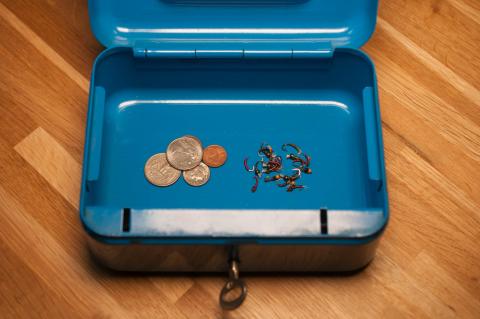In my opinion and from my experience fishing snakeheads back in Malaysia, Tube Flies should survive the ferocious teeth of the Giant Snakehead better than the normal flies. On one of the fishing trip I lost(damage due to the sharp teeth of the Giant Snakehead a.k.a. Toman, as it is called in Malaysia) dozens of flies.
- Log in to post comments

